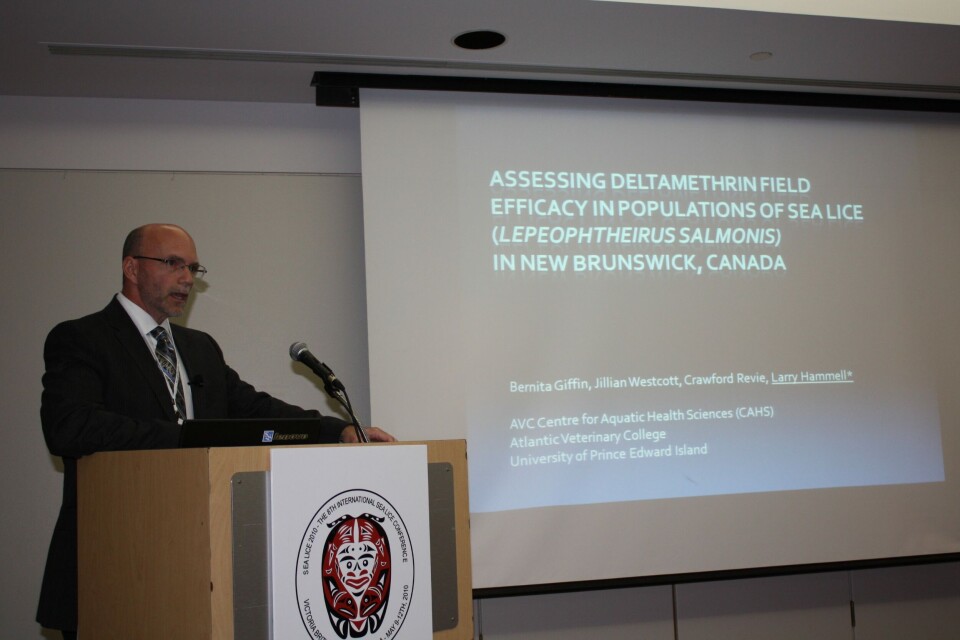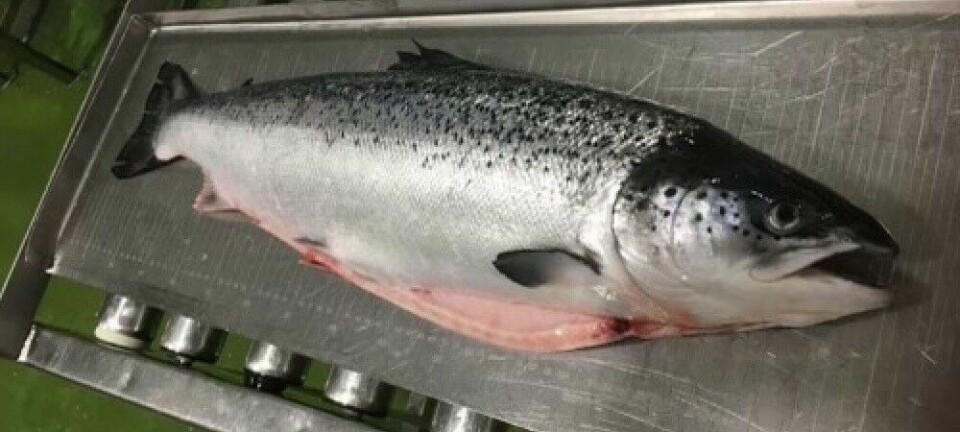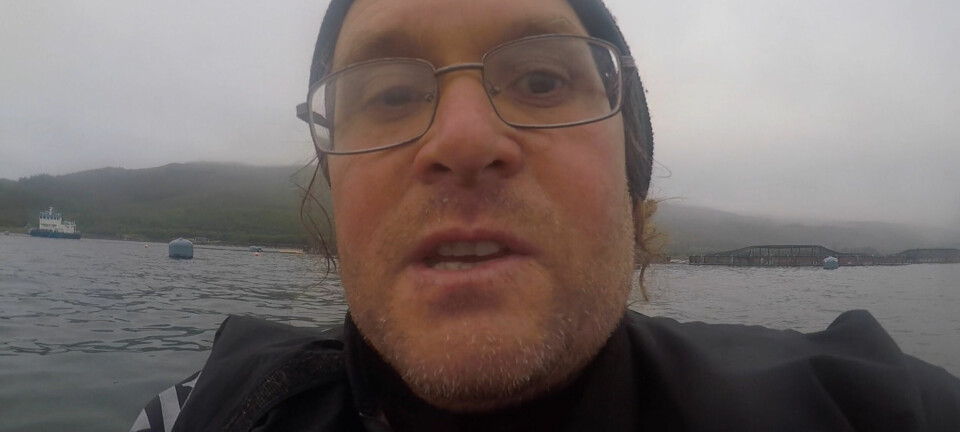
Software helps to sink sea lice
While sea lice continue to be a costly irritant rather than a major biological challenge in the British Columbian salmon farming industry, fish farmers on Canada’s east coast are seeing significant problems due to high infection loads and the development of resistance among sea lice populations to commonly used treatment methods.
These problems are not unique to eastern Canada - salmon farmers in Europe and Chile have also experienced similar challenges associated with the health of farmed and/or wild salmon populations due to unusual amounts of lice that are increasingly resistant to various treatment methods. And the treatments are expensive - sometimes exceeding CAD$ 200,000 (~€ 138,000) to eradicate lice at a single site.
A recent posting by the Canadian Broadcasting Corporation (CBC) describes the new computer program developed at the AVC:
The program monitors which treatments and methods are better at controlling the costly parasites. AVC started this work in 2009, first piloting the program at fish farms in New Brunswick. Use of the software is now spreading to aquaculture sites in Newfoundland and Nova Scotia.
"It's helping identify when treatments are better or worse, at what times of year and that sort of thing, so it really helps on making decisions," said Prof. Larry Hammell, Innovation PEI research chair in aquatic epidemiology at AVC.
"As new treatments or new management methods are developed then it helps assess whether those things are improving."
Work on improving the software is continuing, with a new project in the works to collect and analyze data at aquaculture sites in Vietnam.




















































